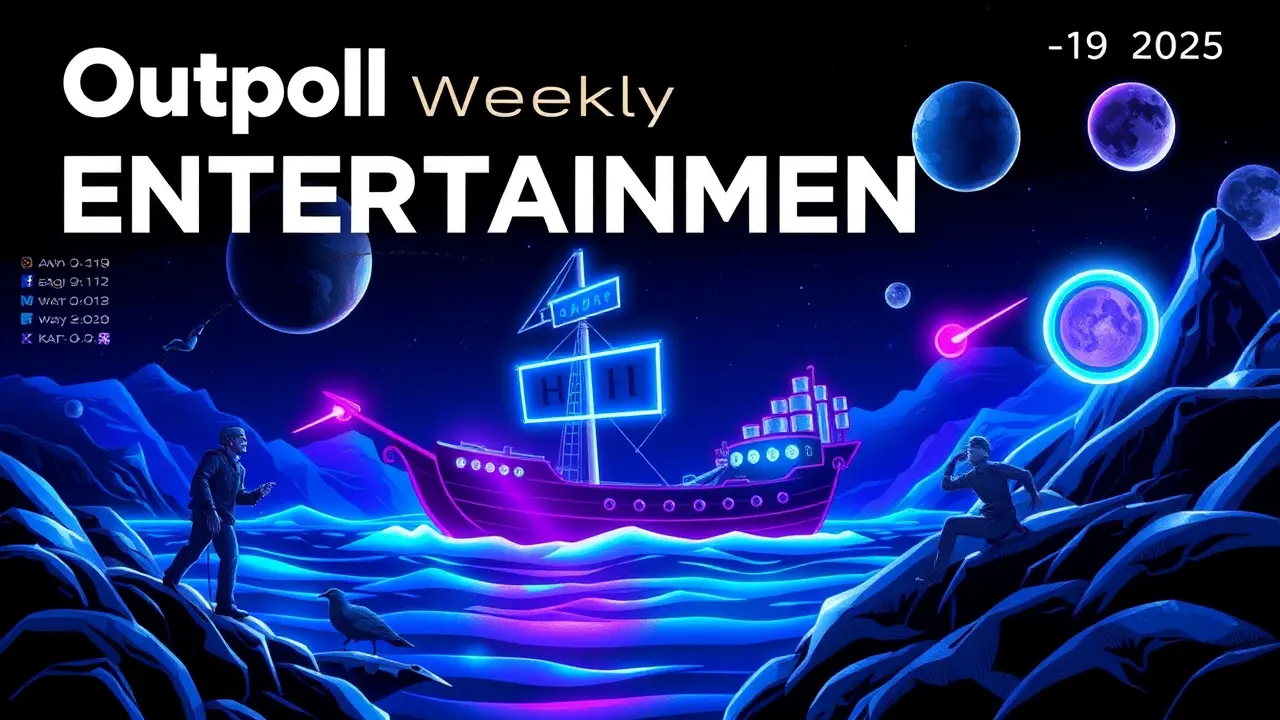
Entertainmenttheatre & artsArt Exhibitions
Pepperdine Museum Director Resigns Over Censored Artworks
AN
Anna Wright
5 days ago7 min read
In a move that has sent ripples through the academic and art worlds, the director of Pepperdine University's Frederick R. Weisman Museum of Art has tendered a resignation that speaks not in the quiet language of administrative turnover but in the loud, clear tones of principled defiance, a direct consequence of the institution's decision to remove two politically charged artworks from a current exhibition.This isn't merely a personnel change; it is a stark case study in the perennial tension between institutional control and artistic freedom, a modern echo of battles fought from the Salon des Refusés to the culture wars of the 1990s. The specific works, whose content prompted the university's censorial intervention, were not described in the initial brief report, yet their very removal points to a discomfort with art's unique capacity to challenge, provoke, and hold a mirror to society's most contentious political debates.One can easily imagine the internal deliberations, the weighing of donor sensibilities, student reactions, and the university's public image against the curator's vision and the artist's intent—a calculus that, in this instance, tragically prioritized a sanitized environment over the messy, vital discourse that art fosters. The director's departure is a powerful act of professional and ethical dissent, a refusal to preside over a space where the curation is dictated by fear rather than intellectual and artistic courage.This incident at Pepperdine, a institution affiliated with the Churches of Christ, inevitably raises profound questions about the role of faith-based universities in engaging with secular and potentially critical art: is their mission to shield their community from challenging ideas, or to equip them to engage with those ideas from a place of fortified conviction? The ramifications extend far beyond the Malibu campus; this is a cautionary tale for museums and universities nationwide, already navigating a highly polarized landscape where calls for deplatforming and censorship are increasingly common. We must ask: what is lost when we remove the art that makes us uncomfortable? History provides a clear answer—we lose a vital tool for understanding complexity, for empathy, and for social progress.The vacuum left by the director, and by the absent artworks, is a silent testament to a failure of nerve, a moment where the administration, in its attempt to avoid controversy, has instead courted a far more damaging scandal of its own making, one that questions its commitment to the very academic freedom it purports to uphold. The conversation has now shifted from the content of the art to the act of its suppression, and the resulting narrative is one Pepperdine will now have to manage under the harsh, unflattering light of national scrutiny, a story not about two specific pieces of art, but about the integrity of the institution itself.
#lead focus news
#censorship
#museum
#resignation
#art scandal
#university
#free speech
Stay Informed. Act Smarter.
Get weekly highlights, major headlines, and expert insights — then put your knowledge to work in our live prediction markets.
Related News
© 2025 Outpoll Service LTD. All rights reserved.



